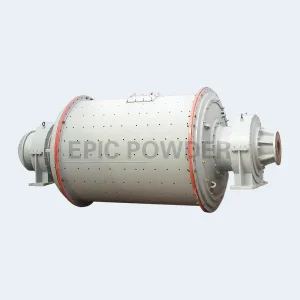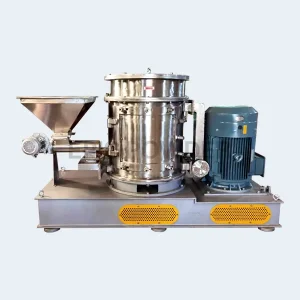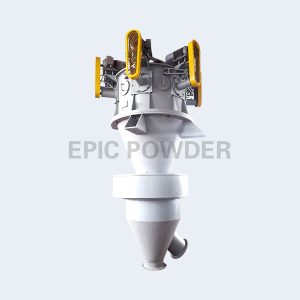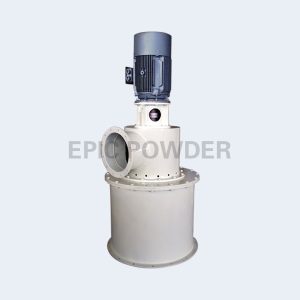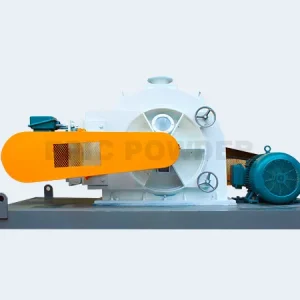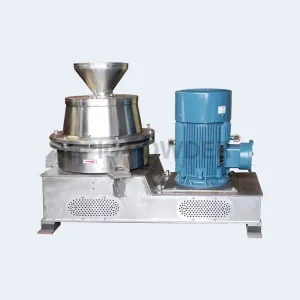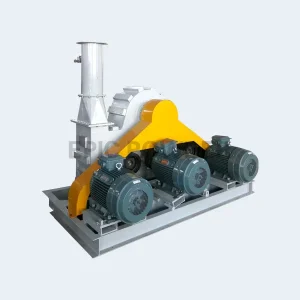Calcium carbonate powder and talc powder are both non-metallic mineral powders. They have similarities and differences. Let’s learn more about them.
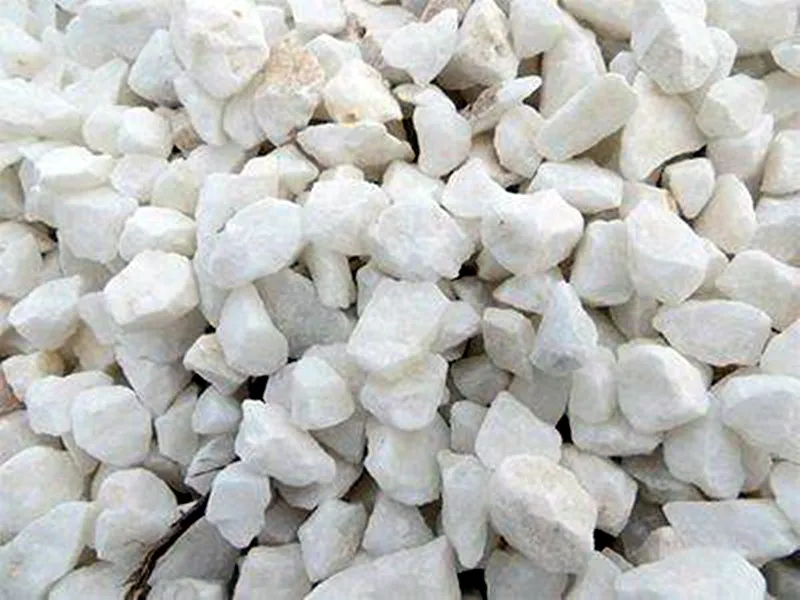
Introduction to talc and calcium carbonate powder
Talc is a type of magnesium silicate mineral, belonging to the trioctahedral minerals. Its structural formula is (Mg6)[Si8]O20(OH)4. Talc is generally found in the form of lumps, blades, fibers, or radial, with a slippery feel. It has a low hardness and high melting point.
Talc has good insulation for both electricity and heat, low swelling and shrinking power, high dispersibility, good covering power, good oil absorption and hydrophobicity, great slipperiness, small friction coefficient, stable chemical properties, and resistance to acid and alkali erosion. Due to its stable chemical properties, it is widely used in industries such as paper, chemical, paint, ceramics, cable, rubber, and others.
Calcium carbonate is an inorganic compound with the molecular formula CaCO₃. Common names include limestone, marble, and calcite. It is an inorganic compound that is neutral, essentially insoluble in water, and soluble in hydrochloric acid. Its points. Industrial calcium carbonate types include heavy calcium carbonate (heavy calcium), active calcium carbonate (active calcium), light calcium carbonate (light calcium), and nano calcium carbonate (nano calcium).
Heavy calcium products are primarily used in the paper, rubber, and plastics industries as a volume filler to reduce manufacturing costs. Light calcium products are widely used, mainly as a volume filler. The nano calcium carbonate products are commonly used as functional fillers, such as in modification or reinforcement applications, and the filling amount is typically lower. The main applications of light calcium carbonate products include plastics, rubber, coatings, adhesives, and inks.
Their similarities and differences in the field of application
As can be seen from the above introduction, both talcum powder and calcium carbonate powder are mainly used as fillers, which play the following main roles:
1、Decrease the shrinkage of the material (that is, reduce the geometric deformation).
2、Increase the stiffness and heat resistance of the material.
3, reduce the cost of material production.
Difference in application properties between talc and calcium carbonate powders:
Talcum powder tends to be flaky. This shape provides higher stiffness, stability, and heat-resistance. It also has a reinforcing effect. Calcium carbonate is generally granular. So, its stiffness and other features are not as good as talcum powder. But it is cheaper and has a high level of whiteness. It also has a small impact on plastic’s toughness.
Talc has a nucleating effect on polypropylene, while calcium carbonate is not as effective in this regard. Calcium carbonate can generally be divided into light calcium carbonate and heavy calcium carbonate, while talcum powder does not have this distinction, talcum powder are milled from natural minerals.

